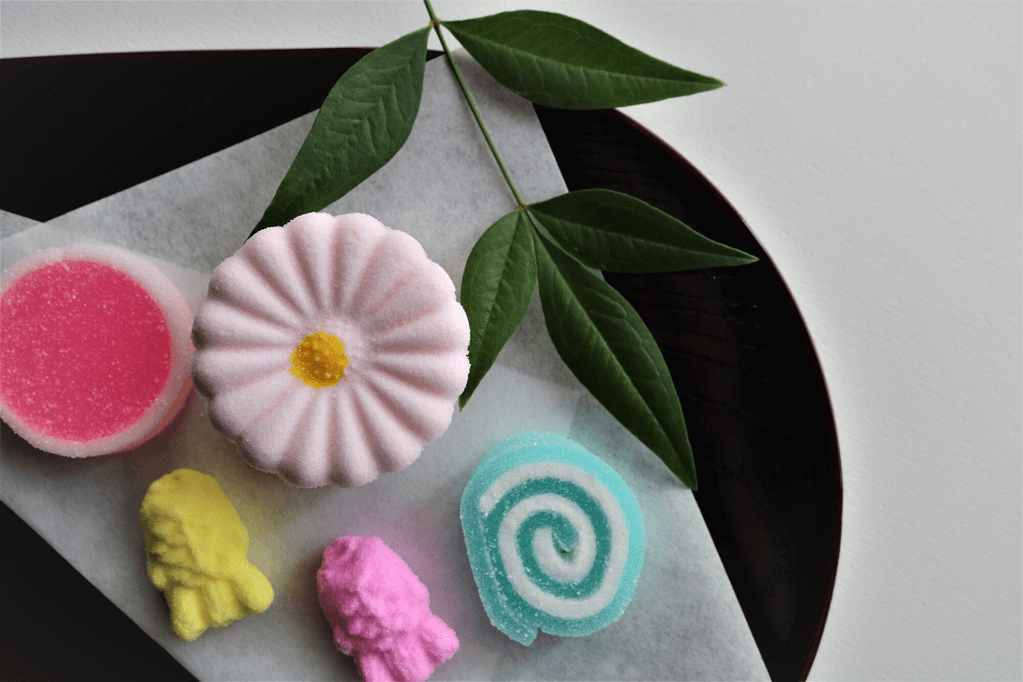Kagawa Prefecture in Japan is home to wasanbon, a refined sugar encapsulating centuries of Japanese culinary artistry. With its delicate sweetness and intricate production process, wasanbon is a staple in confectionaries. Let’s uncover the secrets and flavors of this exquisite sugar.
Table of Contents
ToggleWhat is wasanbon?
Wasanbon sugar primarily in the Shikoku region, especially in Tokushima and Kagawa Prefectures. People have made it since the Edo period (1603-1867). One of the most essential things about wasanbon sugar is that its grains are much smaller than regular sugar. Therefore, it’s perfect for traditional Japanese sweets and treats.
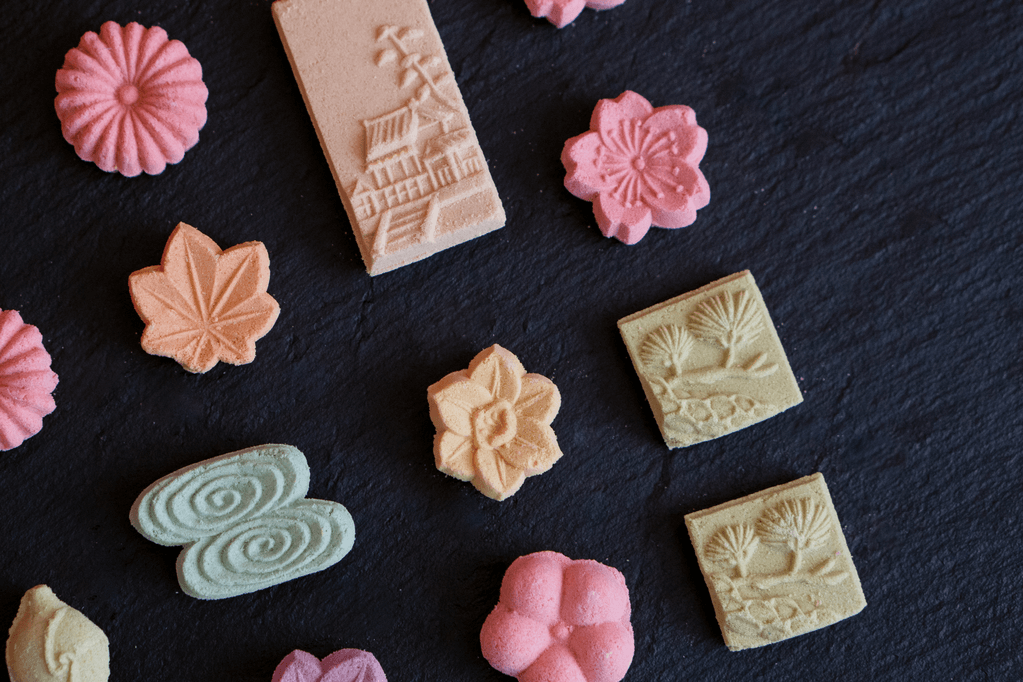
Besides its texture, wasanbon sugar has a unique taste. It’s not just sweet; it has a subtle flavor with hints of flowers and caramel. This unique taste makes it perfect for making traditional Japanese desserts from Kagawa taste even better.
How do they make wasanbon?
Confectioners in Kagawa and Tokushima usually make wasanbon in the winter, from December to February. This time of year is crucial because it has the weather conditions to make this special sugar. It needs low humidity and cold temperatures to turn out just right. Making wasanbon sugar is a challenging and skilled job with many steps. First, they crush sugarcane to get its juice, the starting point for making sugar. Then, they carefully collect and process this juice to make it even better.
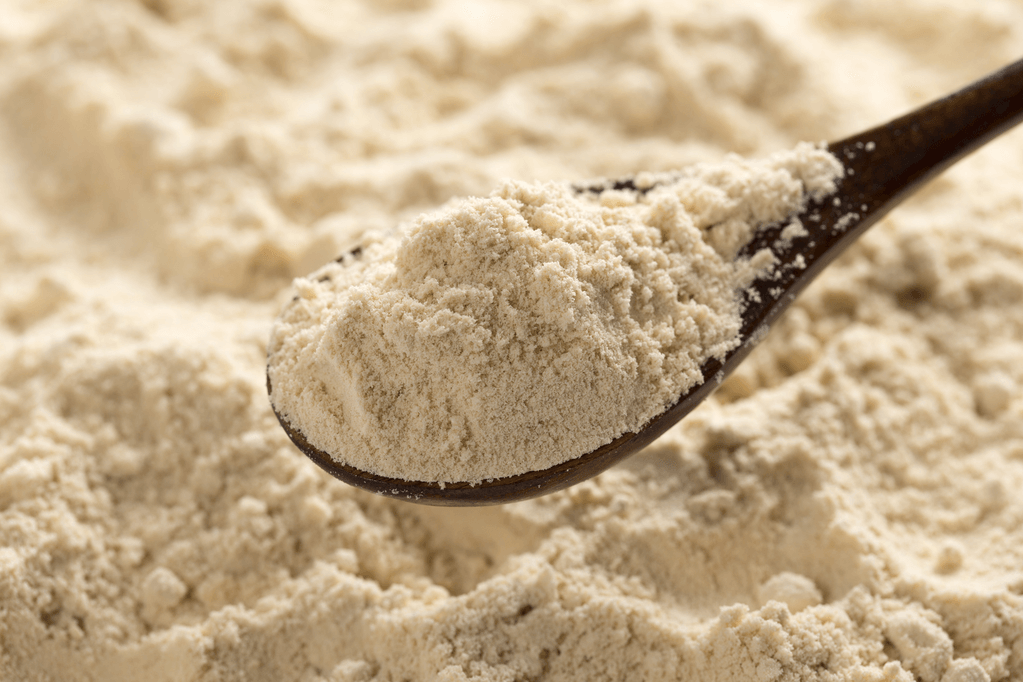
After that, the sugarcane juice goes through a process of boiling and concentrating to turn it into sugar crystals. What makes wasanbon sugar special is its super tiny grains; getting them that way takes a lot of careful work. The sugar syrup has to crystallize several times to create these refined grains that make wasanbon sugar unique.
What traditional Japanese sweets use wasanbon?
Higashi (dry sweet)
Higashi sweets are a special kind of traditional Japanese dry candy. People in Japan have been making and enjoying these delicate treats for many years. They are famous for their beautiful appearance and how they look. They’ use simple ingredients like sugar, rice flour, and natural flavors like green tea, citrus, or cherry blossom. Higashi is unique because they are dry and brittle, not soft like other Japanese sweets.
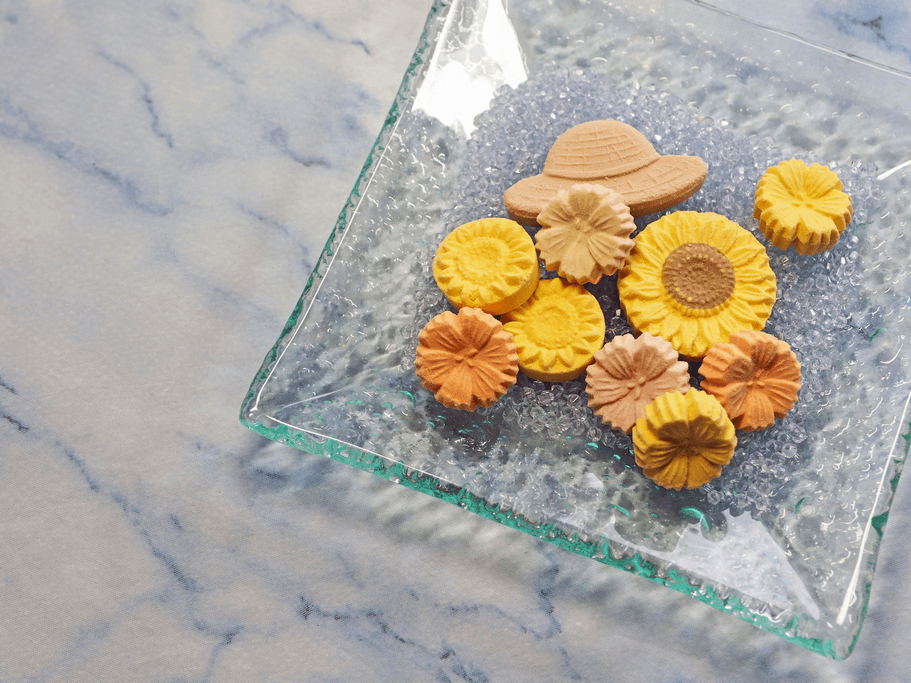
Skilled artisans make higashi by mixing these ingredients to make a dough. Then, they shape it into all sorts of intricate designs. These shapes often show things from nature, like cherry blossoms or maple leaves.
After shaping, the higashi must dry for several days or weeks. This drying makes them crunchy and keeps them fresh for a long time. Higashi are not just tasty; they are also beautiful. People often serve them during traditional tea ceremonies to improve the experience. They are also popular gifts on special days and festivals to wish people good luck and happiness.
Are you looking for more amazing sweets that use wasanbon? Try Sakuraco! Sakuraco delivers traditional Japanese snacks, sweets, tableware, and more from local Japanese makers right to your door, perfect for a pleasant snack time at home!
Ohagi (rice ball coated in sweet bean paste)
Ohagi, also known as botamochi in some parts of Japan, is a traditional Japanese sweet made from glutinous rice (mochi) and sweet red bean paste (anko). People often make and enjoy these lovely sweets during specific times of the year, especially during the spring and autumn equinoxes.
To make ohagi, they cook mochi rice until it’s soft and flexible. Then, they wrap it around a sweet filling made of red bean paste, which can be smooth or chunky, depending on your preference. After that, confectioners usually coat ohagi with kinako (roasted soybean flour), sesame seeds, or grated coconut to add texture and flavor.
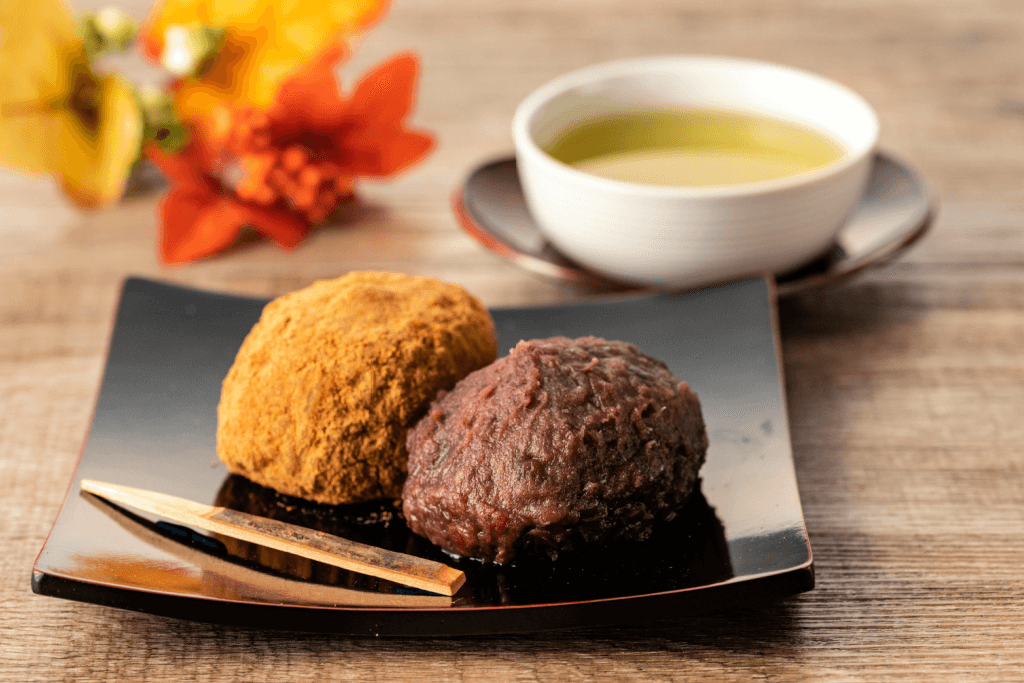
What’s cool about ohagi is that you can use different types of rice, which gives you different kinds of ohagi. For example, they mix glutinous rice with regular rice in some places to make it memorable. Sometimes, they add ingredients like chestnuts or sakura leaves to celebrate different times of the year.
Ohagi isn’t just delicious; it’s also important in Japanese culture. People often offer it to honor their ancestors during the autumn equinox, which is called Higan. They share it with family and friends. The name “ohagi” comes from the Japanese clover flower, which blooms around the equinox and is connected to these sweet treats.
For example, a shop in Awa, Tokushima Prefecture, called Wasanbon, makes ohagi look like flowers! They use wasanbon sugar and natural food coloring to create beautiful flowers on top of the ohagi. It’s one of the creative ways artisans use wasanbon in traditional sweets.
Swiss roll
A Swiss roll is a well-loved dessert worldwide. Generally, it’s a light sponge cake rolled up with sweet fillings like jam or cream. The sponge cake in a Swiss roll is essential, known for being soft and airy. It’s made by mixing eggs, sugar, and flour to create a fluffy batter. This batter is spread thinly on a baking sheet and baked until it puffs up and turns golden. Afterward, it’s rolled up in a towel or parchment paper to keep its shape.
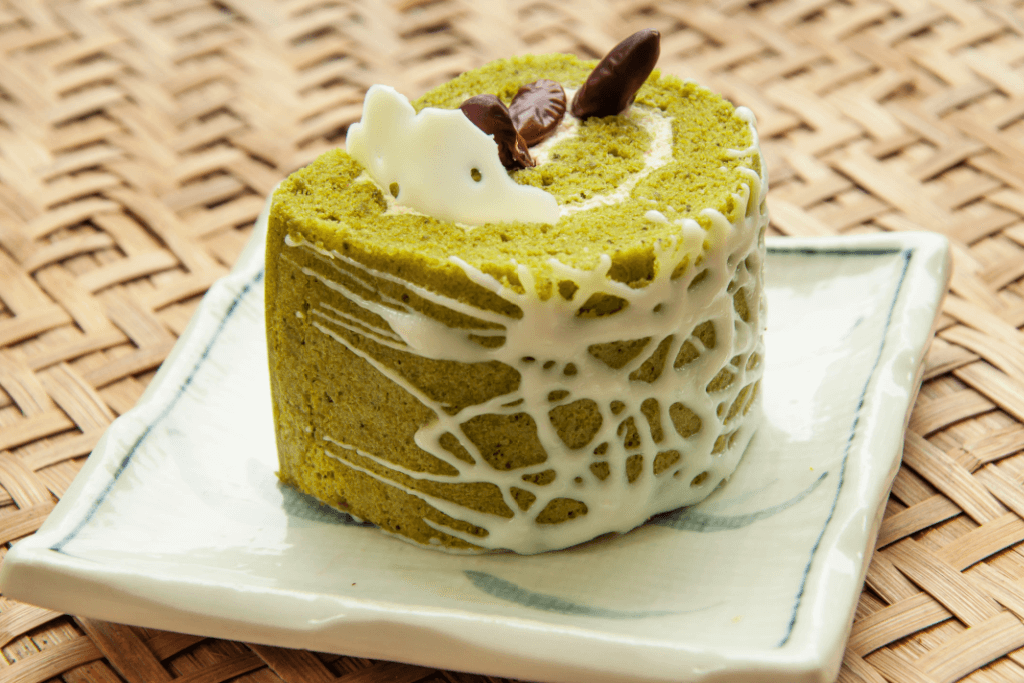
Surprisingly, even though Swiss rolls come from the West, they’re super popular in Japan. People in Japan have taken them and added their twists to suit their tastes. Speaking of twists, a shop in Tokushima called Awaya uses wasanbon in Western-style sweets like Swiss rolls and cookies. They’re showing that wasanbon isn’t just for traditional Japanese sweets.
Why should I try wasanbon?
You should try wasanbon because it offers a unique culinary experience, straight from Kagawa. This traditional Japanese sugar has a delicate sweetness and distinct flavor, setting it apart from other sugars. Overall, tasting wasanbon allows you to explore Japanese culture and cuisine, and its versatility in desserts opens up creative possibilities. Additionally, it’s a chance to appreciate the craftsmanship behind its production. Have you ever used wasanbon before? Share your thoughts in the comments below.


